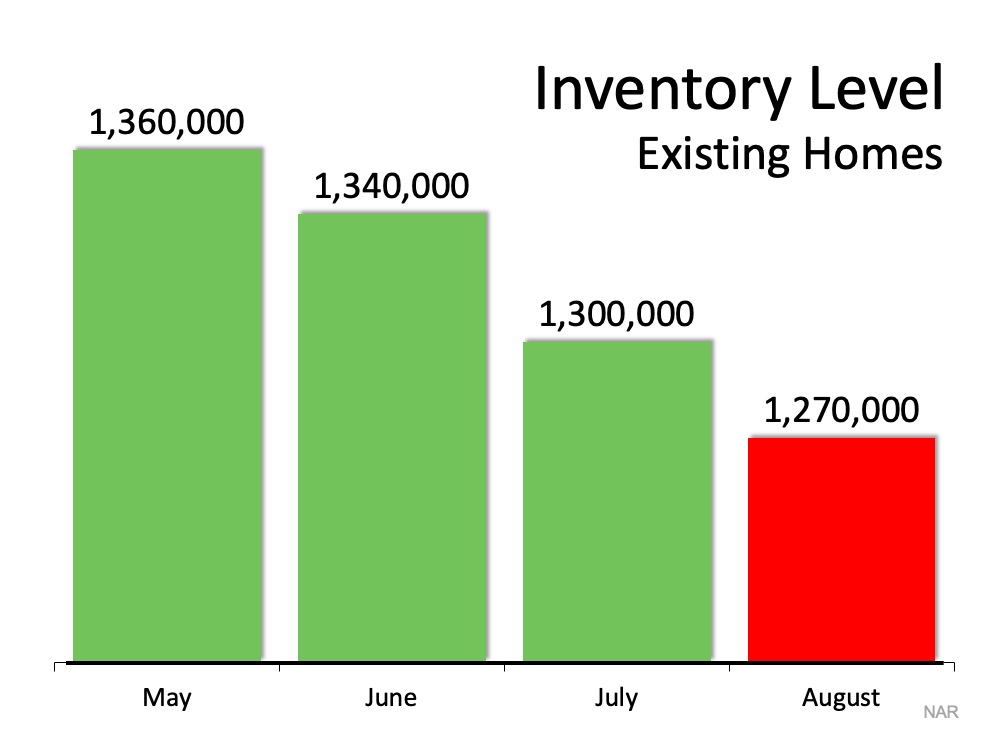Selling Your House Is the Right Move, Right Now [INFOGRAPHIC]
![Selling Your House Is the Right Move, Right Now [INFOGRAPHIC] | Simplifying The Market](https://files.simplifyingthemarket.com/wp-content/uploads/2020/10/22151431/20201023-KCM-Share-549x300.png)
Some Highlights
- Demand from homebuyers has skyrocketed this year, which means today’s sellers are poised to win big. This ideal moment in time to sell your house won’t last forever, though.
- With more sellers coming to the market in the spring, waiting until next year means buyers will have more choices, so your home may not stand out from the crowd.
- Let’s connect today to discuss why now may be the right time to make a move on your terms.
Content previously posted on Keeping Current Matters





![Selling Your House Is the Right Move, Right Now [INFOGRAPHIC] | Simplifying The Market](https://files.simplifyingthemarket.com/wp-content/uploads/2020/10/22151433/20201023-MEM.png)





![How to Prepare for a Bidding War [INFOGRAPHIC] | Simplifying The Market](https://files.simplifyingthemarket.com/wp-content/uploads/2020/10/15140645/20201016-KCM-Share-549x300.png)
![How to Prepare for a Bidding War [INFOGRAPHIC] | Simplifying The Market](https://files.simplifyingthemarket.com/wp-content/uploads/2020/10/15140648/20201016-MEM.png)







